( Quang Ngai Newspaper) - Since prehistoric times, the salt road was formed, associated with the ancient Sa Huynh people on the land of Quang Ngai .
The old road...
The Sa Huynh culture residents reached a high level of skill in iron smelting, glass casting, and of course they knew about salt making very early. In the map of the distribution of Sa Huynh cultural relics in Central Vietnam, important Sa Huynh sites are all located close to river mouths and salt fields. In a specific case compared to the Quang Ngai region, it shows the close relationship between the residence of the Sa Huynh people and river mouths, sea mouths and salt fields, namely: Sa Huynh relics - Sa Huynh mouth - Tan Diem salt fields; Binh Chau relics - Sa Ky mouth - Diem Dien salt fields (now no longer exist); Go Que relics - Sa Can mouth - Tuyet Diem salt fields (now no longer exist). This is archaeological evidence reflecting the salt production activities of the Sa Huynh people, this place became a hub for sea trade and transported by river to Sa Huynh mountain points, spreading along forest roads to villages in remote mountainous areas. Salt of Sa Huynh residents was a means of social interaction, a driving force for two-way exchange. In many later historical documents, we can see the products of the lower region - typically salt - and the upper region with forest products as the main items. That is the continuation of the tradition of trade from Sa Huynh to Champa, then Dai Viet.
 |
| Sa Huynh salt fields, in Pho Thanh ward (Duc Pho town). PHOTO: MINH THU |
Along the Central region, there are famous salt routes, especially in Quang Ngai, there are salt routes and trade goods such as: Tra Bong river axis road to Cor people's area, on this axis there is Da Bong source market; Tra Khuc river axis road to Hre, Ca Dong people's area, on this axis there is Dong Ke source market. Or Ve river axis road to Hre people's area in Ba To, on this axis there is Ba Tu source market. Phuoc Giang river axis to Hre area in Minh Long is connected to Tam Bao market. Salt route from Sa Huynh - Cung market - Ba Kham - Ba Trang - Violac pass to the Central Highlands. Salt route from Sa Huynh - An Lao - La Vuong to Cham Hroi people's area. Source market points, from here the mountain people will put salt in baskets and bring it to remote villages along forest roads.
In Quang Ngai, salt from the Tan Diem, Diem Dien, and Tuyet Diem salt fields was exported by sea very strongly. Quang Ngai provincial history by Nguyen Ba Trac recorded the amount of salt exported through the Trade Departments in 1929, 1930, and 1931 as follows: Sa Huynh Trade Department exported 1,094,900 tons in 1929; 7,634,250 tons in 1931; 2,636,550 tons in 1931. Son Tra Trade Department: 32,500 tons in 1929; 32,500 tons in 1930; 33,326 tons in 1931. Co Luy Trade Department exported 61 tons in 1930; 40 tons in 1931. Through the statistics of the 3 years of the above document, it reflects that the amount of salt exported by sea from Quang Ngai is very large, in which the largest amount of salt exported is still from Sa Huynh. From that, it shows that in the past, the salt industry in Sa Huynh developed very prosperously.
The picture of trade on the salt road from prehistoric to modern times is like the blood vessels leading to the heart. Salt plays an important role in connecting the societies of Sa Huynh, Champa, Dai Viet with the communities in the Truong Son Tay Nguyen region.
...and now
The current role of the salt industry in community tourism and promoting the Sa Huynh cultural space is to guide tourists to participate in salt making experience activities. Tourists will be very interested in experiencing the salt production process, where they learn how to produce sea salt, folk knowledge, and production experience of the community. From there, the role and position of the salt industry in tourism activities will be enhanced, so that salt grains are no longer purely commercial value, but are added with cultural value. Only then will salt villages have the opportunity to revive and develop.
Today, the artisanal salt making industry still has the advantage of producing a pure white gourmet sea salt. In particular, salt flowers, which are salt crystals that, according to local knowledge, only form on hot sunny days when the wind blows from the east of the sea. Salt flowers are a natural product that contains all the trace elements and micronutrients found in the sea, and are also a natural source of potassium, calcium, copper, zinc and magnesium. The salt flower product has a deep white color, a brittle, hard crystal structure and high moisture content, giving it a distinct character.
Sa Huynh salt village is located in the Sa Huynh cultural space and is an inseparable element of this archaeological culture. The tradition of making sea salt has been continuously extended from Sa Huynh - Champa - Dai Viet without interruption, the decisive factor is the people with the production knowledge passed down for thousands of years. Preserving the architectural and religious relics related to the salt making profession. Promoting the annual salt festival activities. Thereby, increasing the attractiveness to tourists about the present and historical past of the Sa Huynh sea salt making profession.
The first important factor is that the salt village people are organized and united in the model of community tourism cooperatives, with indigenous knowledge values passed on to the next generation promoted in community tourism. The living space of Sa Huynh salt village needs to be preserved in its integrity, limiting urbanization conflicts and environmental pollution hazards. Improving the quality of Sa Huynh salt products and diversifying salt products, promoting Sa Huynh salt as a community tourism product, salt grains are no longer a commodity but have added cultural value. However, to increase the value of the traditional Sa Huynh sea salt profession located in the archaeological area of Sa Huynh culture, archaeological excavations are needed to clarify the relics and artifacts related to the salt making profession of the ancient Sa Huynh people.
PROTECTION
RELATED NEWS:
Source


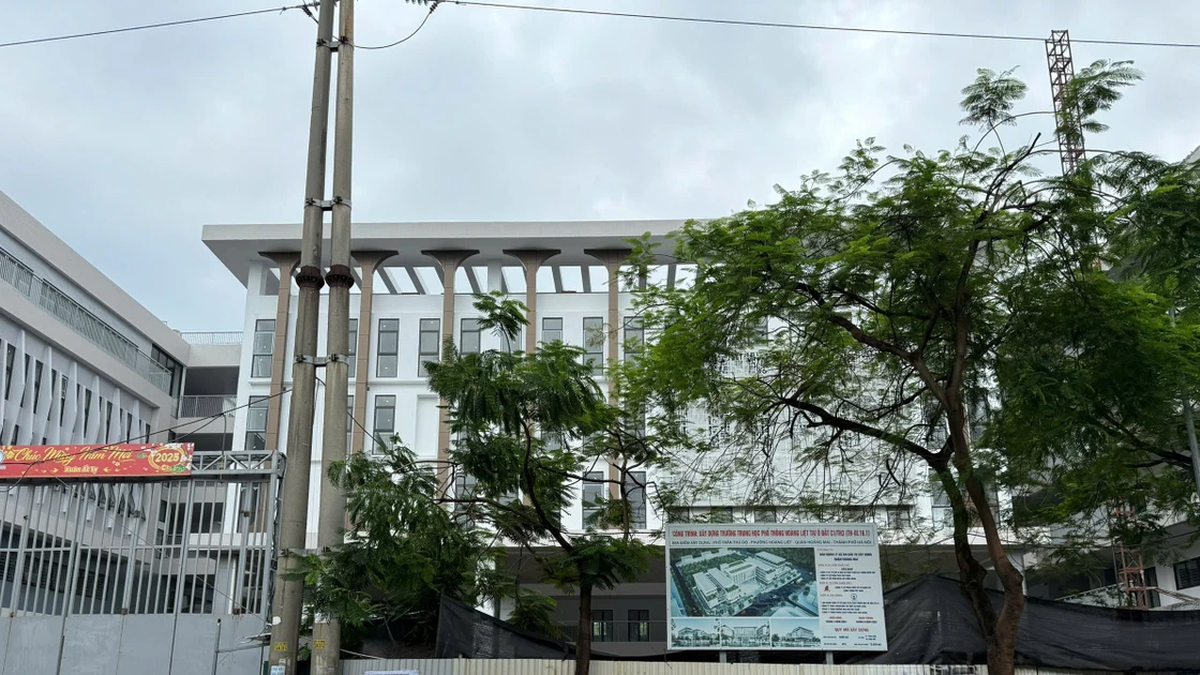
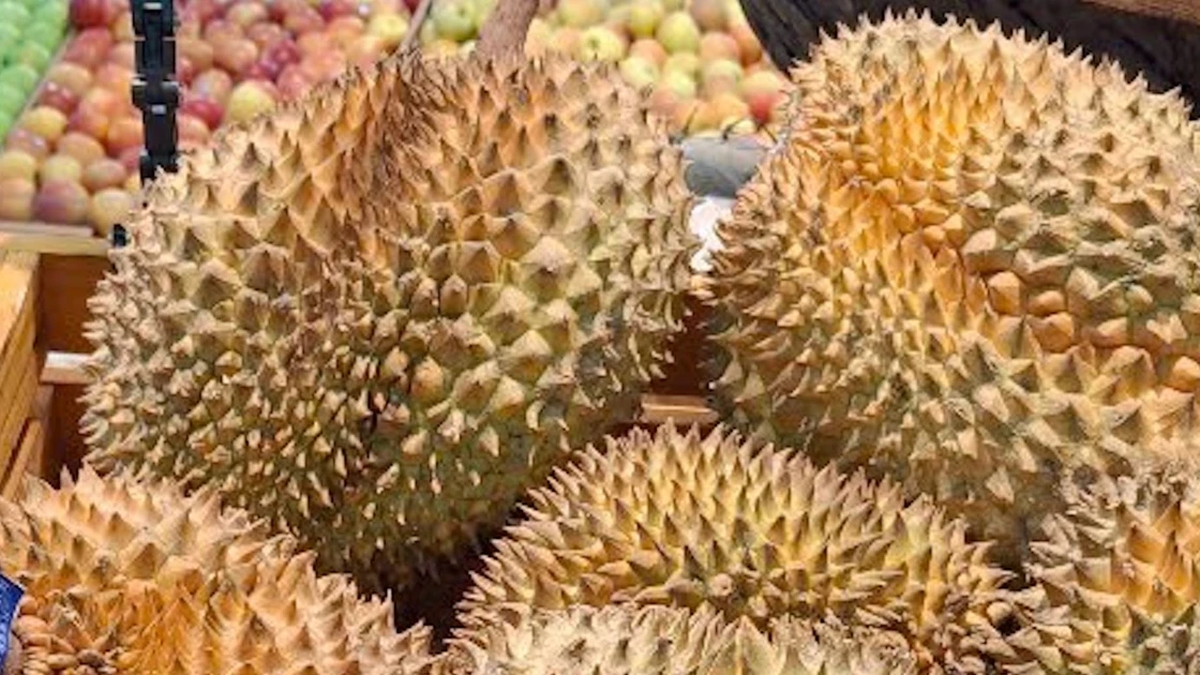




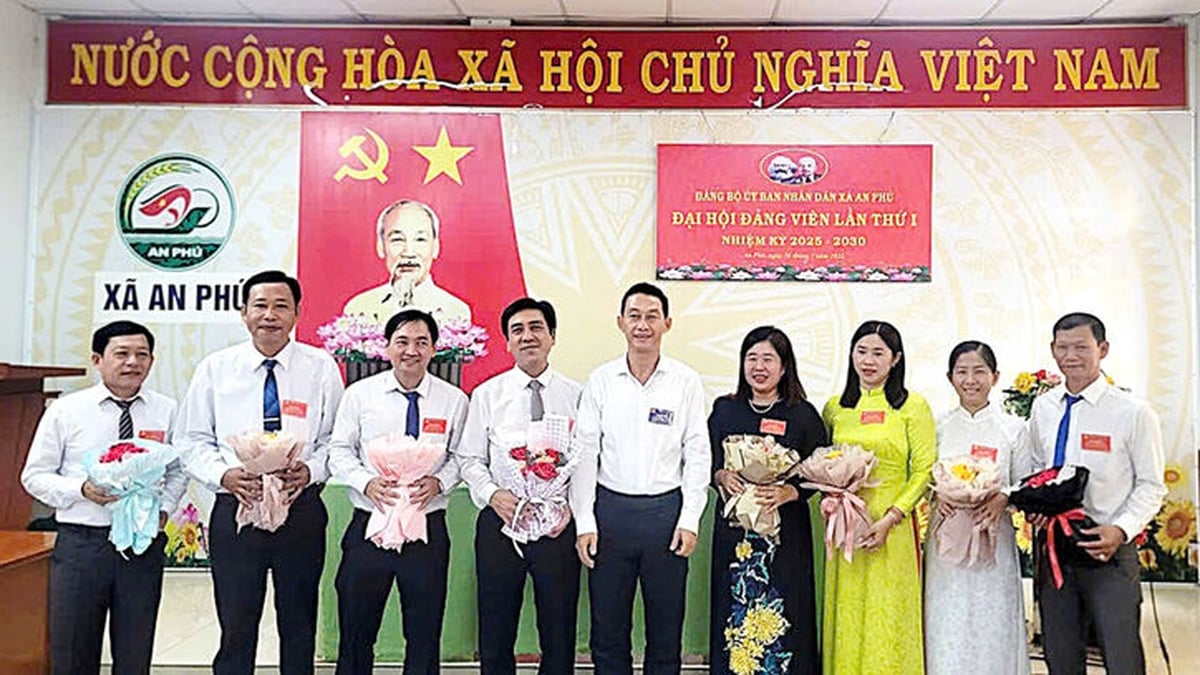














































![[Maritime News] Container shipping faces overcapacity that will last until 2028](https://vphoto.vietnam.vn/thumb/402x226/vietnam/resource/IMAGE/2025/7/30/6d35cbc6b0f643fd97f8aa2e9bc87aea)












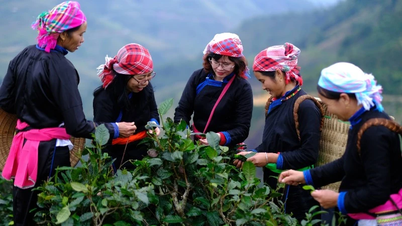





























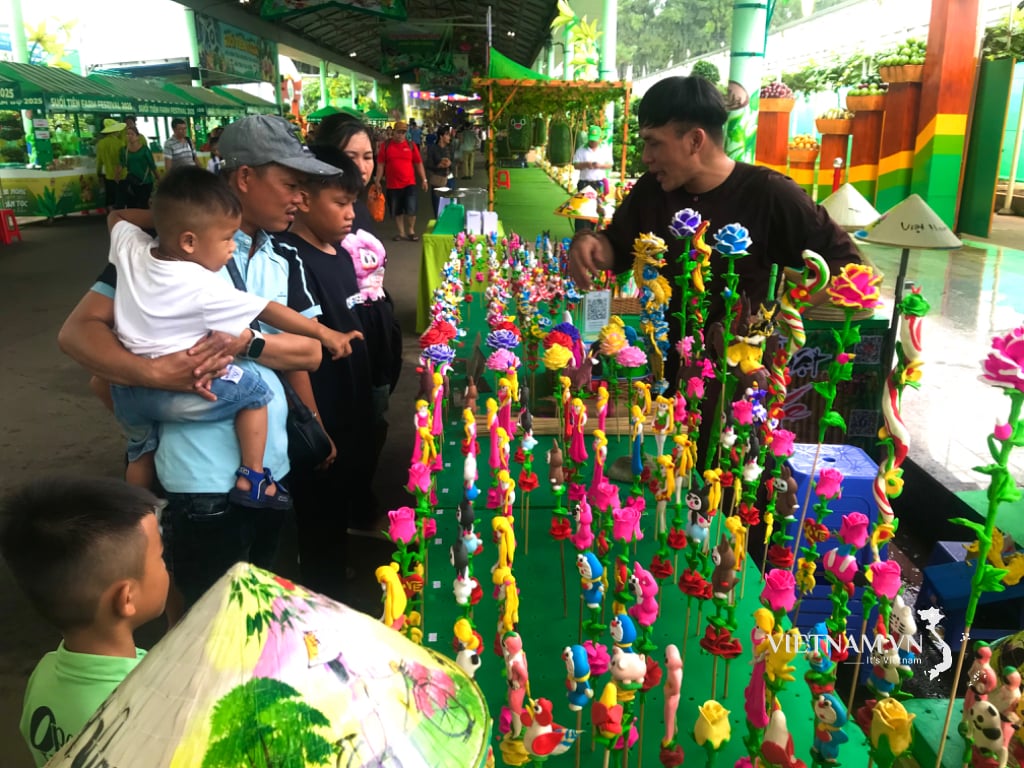

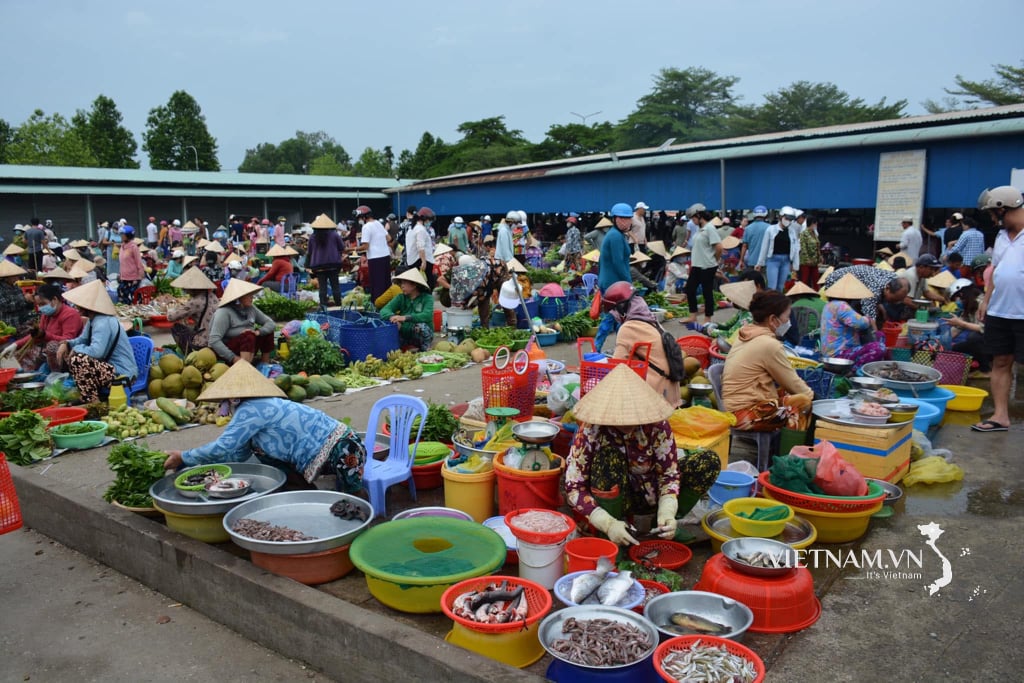
Comment (0)